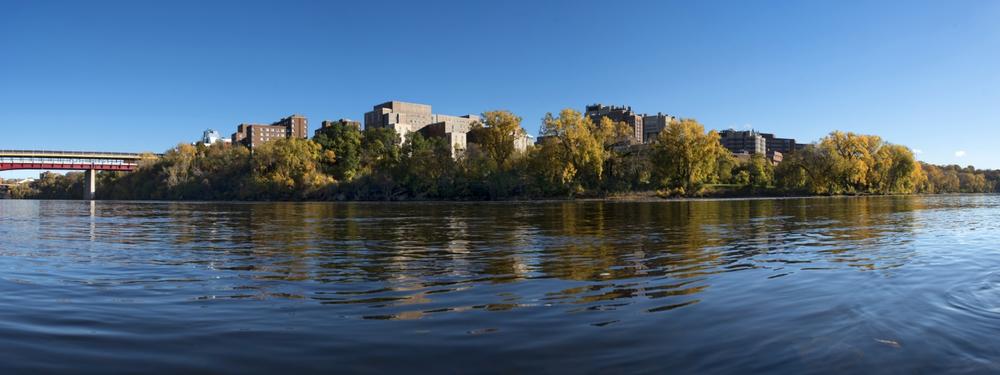
The University of Minnesota Twin Cities' new Climate Action Plan (CAP) looks toward the future of sustainability on campus. The U of M has already cut its greenhouse gas emissions by more than 51%, No. 2 in the Big Ten for carbon cuts.
See how the U of M is creating a sustainable campus and future through four key areas:
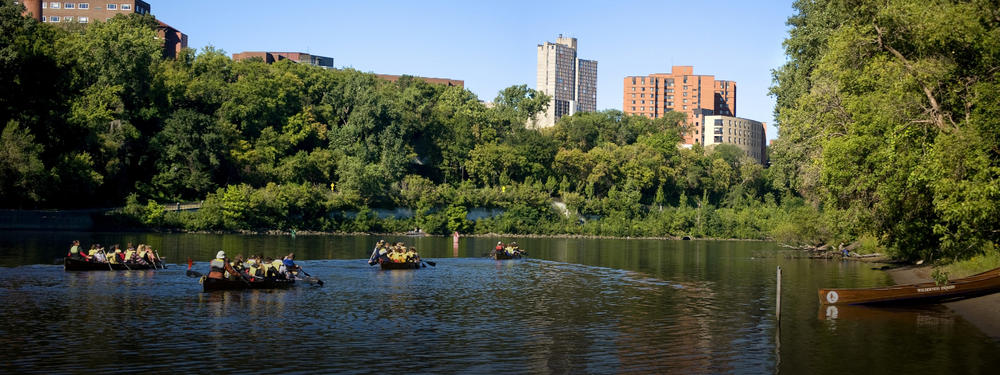
The U of M is lucky to have America's greatest river, the Mississippi, splitting the East and West Bank campuses. Learn more about how the U of M will support the future health of water on campus.
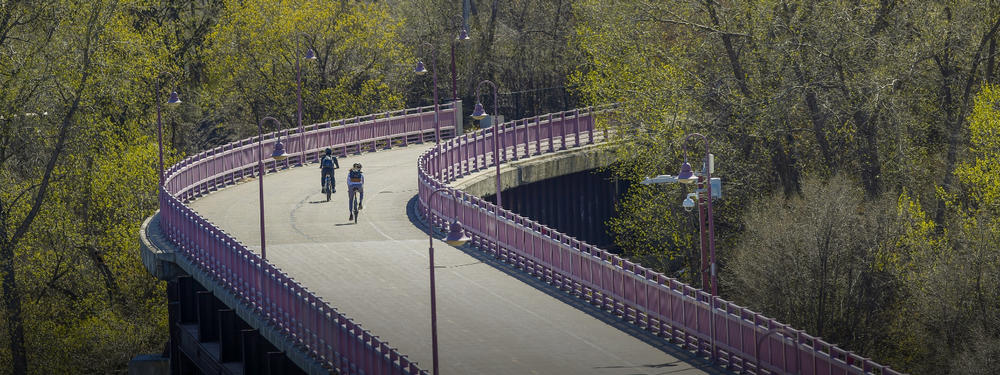
Transportation is the largest source of greenhouse gas emissions in Minnesota. Learn how the U of M plans to reduce commuting and fleet vehicle emissions.
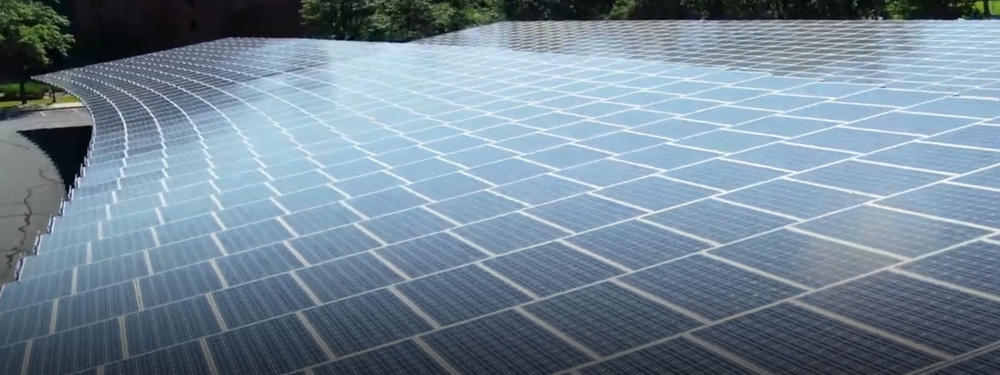
Increasing renewable energy production on campus while also reducing campus energy consumption is a key goal of the new Climate Action Plan.
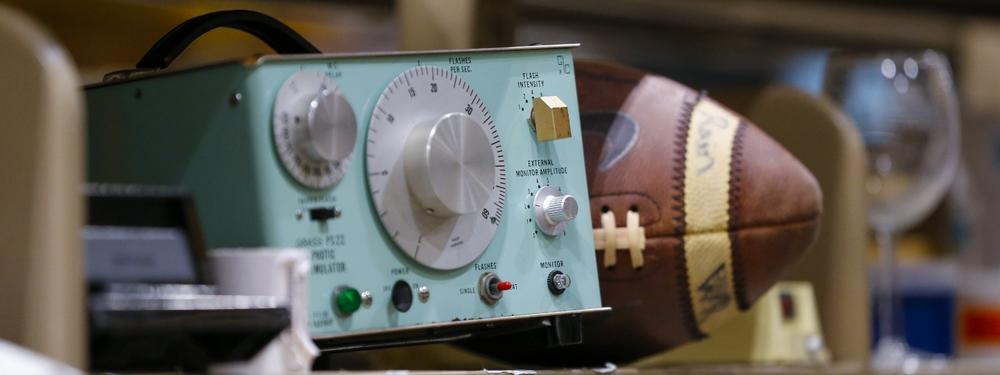
The U of M has the highest waste diversion rate in the Big Ten. Learn more about how the U of M is looking to progress our waste diversion even further.